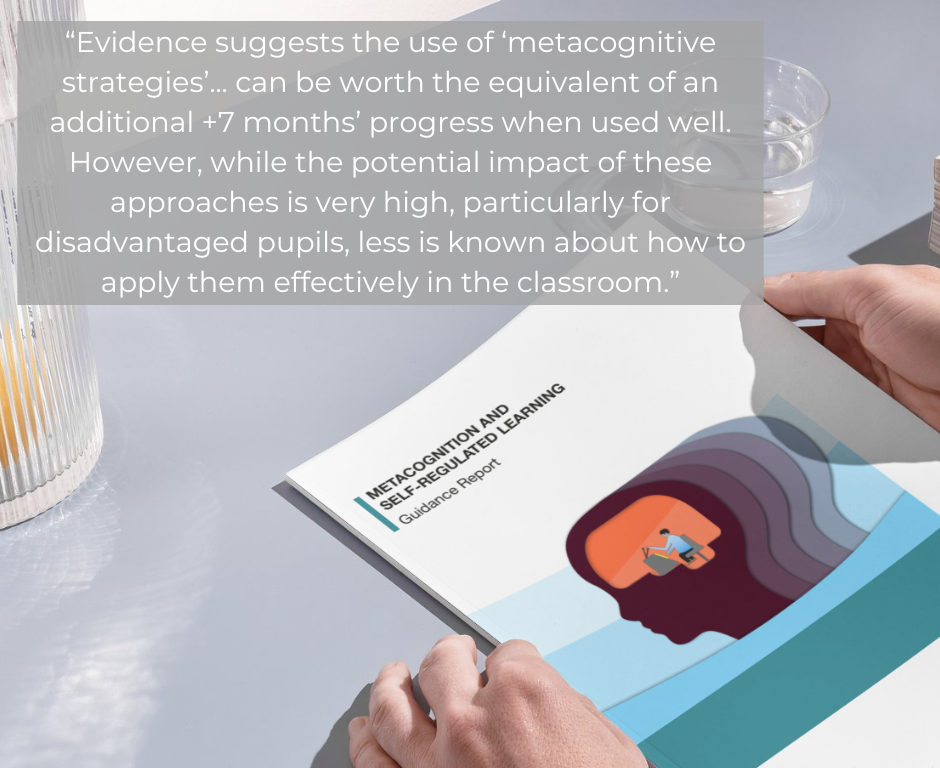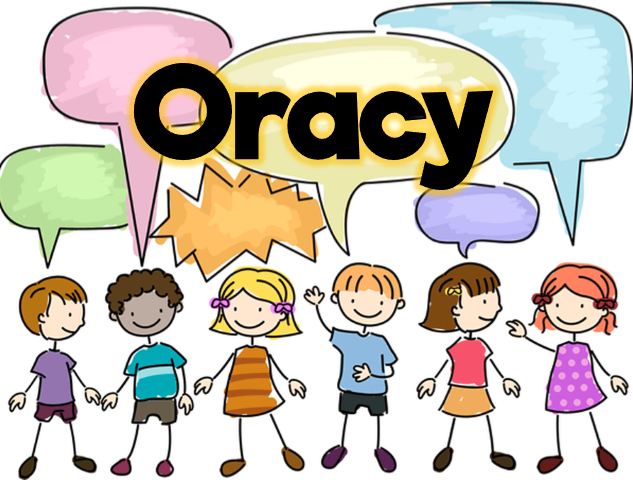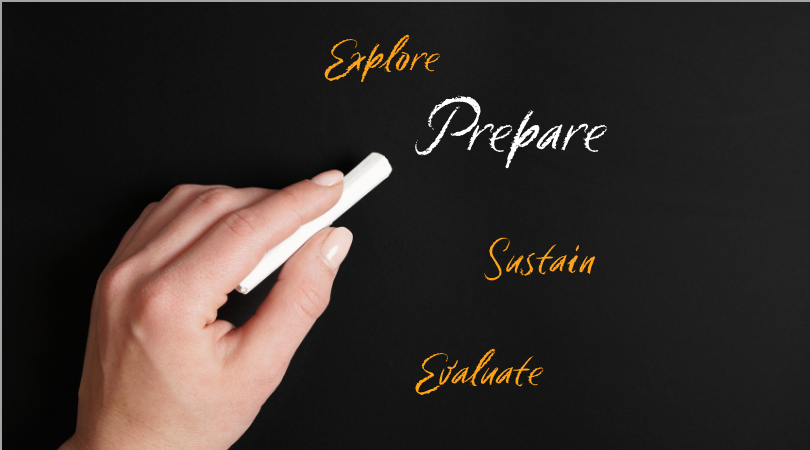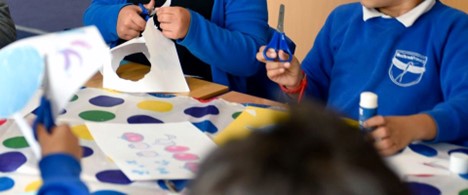Part 1: Timing is Everything
The Ups and Downs (and everything in between) of whole school implementation
Embedding cultural change in a large secondary school comes with challenges. In this sequence of short blogs, Assistant Head Teacher Ruth Thornton shares the steps Wildern School have taken to build a long-lasting commitment to the development metacognition and self-regulation.
By Ruth Thornton
Implementing a Metacognitive Culture in Schools: Our Journey with Thinking Matters
Metacognition has been on my radar since I attended a training course on the subject 3 years ago. I have long recognised its value, but until recently, our school was not in a position to give it the attention it deserved. Like the persistent student in the classroom who always has their hand up, it was a concept that I couldn’t ignore.
Accompanying this blog series are a selection of ‘walkthru’ classroom case-studies, provided by the team at Wildern School.
Click here to visit the Members Dashboard
In today’s rapidly evolving educational landscape, one of the key challenges teachers face is encouraging students to think deeply and critically. Although we know that engaging in hard thinking is essential for learning, it’s often the last thing kids want to do. As educators, we are tasked with finding ways to instil this crucial skill in our students, especially in light of new technologies and the rapidly increasing use of AI.
We know from the EEF report that “metacognitive approaches are powerful levers for boosting learning” but like with anything in education, there is no silver bullet. There’s no one way for all contexts. We also know “it can be difficult to give concrete examples of what metacognitive knowledge and skills actually look like.” (EEF Guidance Report, 2018)
So, what might our approach to fostering a metacognitive culture in every classroom look like for us, a large, mixed comprehensive school in Hampshire?
Discovering Thinking Matters
My search for resources that would help our school’s mission to foster a thinking culture led me to Thinking Matters. It felt like a serendipitous meeting of like-minded individuals, all ‘singing from the same hymn sheet.’ Their philosophy resonated, and they seemed to be offering exactly what we needed to cultivate a metacognitive environment in our school.
I first reached out to Thinking Matters and met Adam Broad (TM Consultant), who introduced me to the organisation and explained what they had to offer. Adam was pivotal in the initial phase of setting up our partnership with Thinking Matters and has remained a key figure throughout the first year of our implementation.
When we were ready to add the finer details to our three-year plan, Adam arranged a meeting with Alisdair Wade, the CEO. Armed with my trusted spreadsheet and Adam and Alisdair’s experience of what has/hasn’t worked in other settings, we selected and developed a package to support our school’s goals.
Each school is unique. The TM Temple Menu helps leaders design a bespoke approach that aligns with the school’s priorities.
Laying the Foundation for a Metacognitive Culture
One of Adam’s crucial pieces of advice was to proceed thoughtfully and resist the urge to implement everything at once. For someone like me, who has a tendency to dive headfirst into projects, this was sage advice.
Successful implementation is an ongoing process. Having taken time to explore where we were as a school and possible strategies and research that may support us, we intended to spend the first year of implementation preparing for the delivery of our plan.
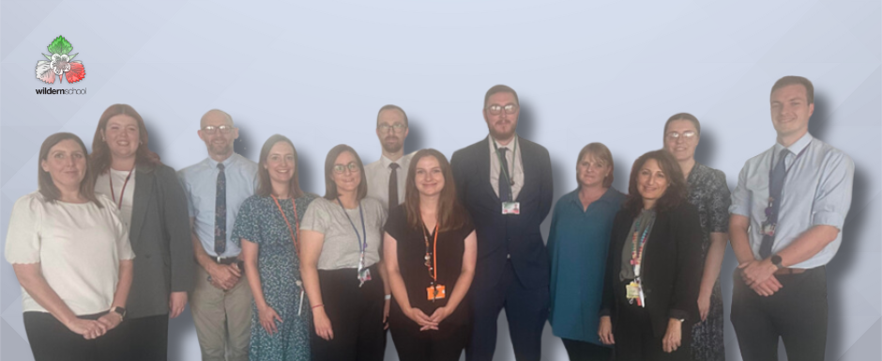
Our Metacognitive Development Group (equivalent of a Drive Team) was going to be fundamental to our process.
We first had to decide how we would establish our working group. We felt it was important staff had agency in the decision so we invited staff to apply for a position with a couple of sentences about why they wanted to be involved. (We didn’t need nearly as many bribes as we thought we might – and were lucky to have a number of volunteers to select from to form our group).
When choosing the personnel for our group, we felt it was important to have a true cross section of staff in our school and ensured we had: middle leaders, ECTs, members of the pastoral team, teachers representing every faculty and the learning support team, as well as our support staff.
With Adam’s support, we worked with our MDG to decide on our vision of what a metacognitive learner should embody in our school. This was the first stepping stone on our path to where we are today.
Year One: Building the Foundations
Over the past year, our MDG has made significant progress in laying the groundwork for our metacognitive initiative. We’ve utilised resources from the Thinking Matters Platform and, crucially, trialled the Thinking Frames in a range of subjects. We’ve developed a range of case studies, applying the Thinking Frames in various classroom settings and intervention programs. Throughout this process, we gathered valuable insights and feedback from our Metacognitive Development Group, which have guided our approach moving forward.
As we move into Year Two, we will begin integrating Thinking Frames throughout the entire school. This will help us create a consistent language and approach to thinking and learning.
The Road Ahead
As we continue our journey, we remain committed to embedding a culture of thinking and reflection in our school. The partnership with Thinking Matters has been instrumental in guiding our efforts, and we are excited to see how our students will grow as metacognitive learners in the years to come.
As we move into Year Two, we will begin integrating Thinking Frames throughout the entire school. This will help us create a consistent language and approach to thinking and learning.
